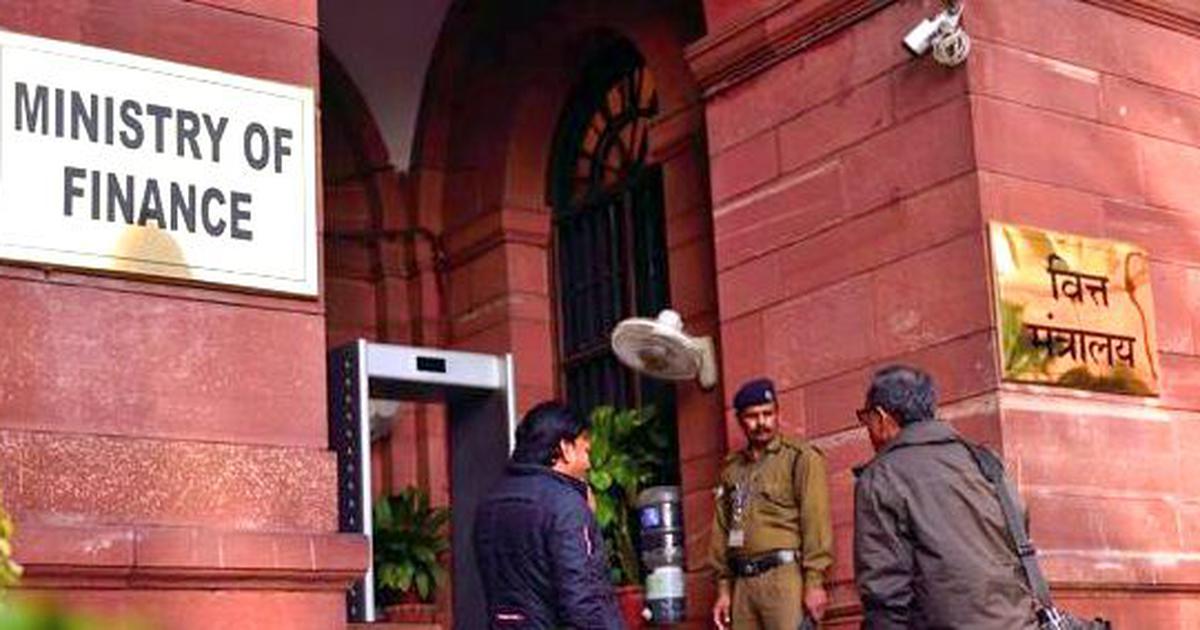Recently, India lost a case filed by USA before the Dispute Settlement Panel of World Trade Organisation (WTO) while defending its policy of providing incentives to exporters under various schemes such as the Export Promotion Capital Goods (EPCG), Merchant Export Incentives Scheme (MEIS) and Special Economic Zones (SEZ) among others as these were not found to be compliant with WTO rules on export subsidies.
It seems that the government of India saw this happening and therefore, as an immediate step to guard the interest of country’s trade and industry the Central Board of Indirect Taxes & Customs (CBIC) recently issued customs non-tariff notification no. 69/19 (N.T) on 1st October, 2019 notifying Manufacture and other Operations in Warehouse (no. 2) Regulation, 2019.
As per the provisions of this new custom regulations, any new or existing factory or even a part of it can be setup or converted into a ‘bonded warehouse’ under the customs laws, wherein any manufacturing activity can be carried out along with other operations.
Bonded warehouses are well secured infrastructure facilities licensed by the customs authorities under the customs laws, wherein imported goods can be custom cleared from port of arrival and kept without payment of applicable import duties and taxes.
Although such bonded warehouses have existed since the Regulations of 1966, there is a substantial change under the new regulations. Now goods manufactured in the bonded factory known as ‘resultant goods’, when moved to any Domestic Tariff Area (DTA) would be permitted on payment of applicable import duties only on the goods imported, warehoused and used in the resultant goods. On the total value of the resultant goods when removed from the bonded factory to DTA, only GST as applicable would be required to be paid as is being done for all goods manufactured in factories which are located in DTA and the resultant goods would also be allowed to be exported from bonded warehouse directly.
This new regulation opens opportunities for the manufacturers to import capital goods (machinery), raw materials, components/parts, as bonded goods under the customs laws wherein import duties and taxes on such goods warehoused would not be collected until removed to DTA. This would also help manufacturer exporters doing away with cumbersome and compliance heavy Export Promotion Capital Goods (EPCG) authorisation and advance authorisation procedures.
With manufacturing in bond scheme, the supply chain logistics, payments of duties and taxes, compliances and all such related aspects of procurement of goods from domestic market, imports from abroad from bonded warehouses, SEZ/FTWZ can now be well planned in order to save costs and time overruns for trade and industry.
The new regulation, like SEZ laws, although late in time, is path breaking paving way forward for the industry and trade to align with developed world systems. The new regulation truly brings aspects of ease of doing business on ground for trade and industry and it is WTO compliant as well.
Trade and industry should make full use of the new regulation and increase exports from India.
So far as export incentive scheme MEIS is concerned, perhaps the government should look at utilizing the tried and tested WTO compliant drawback scheme, the government should also look at increasing the drawback rates to ensure that no part of duties and taxes is exported as this would also help in ease of doing business.
Optimists say “Better late than never”.

